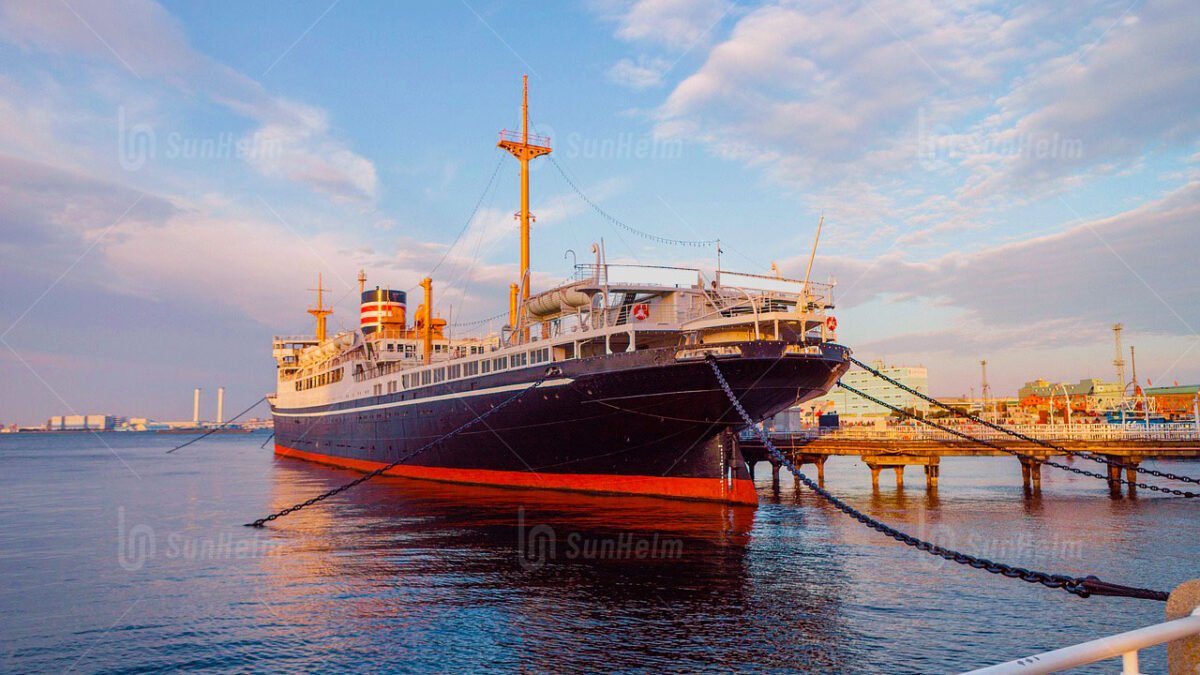A mooring fender is a protective buffer device—made of rubber, foam, or PVC—that absorbs the kinetic energy when a vessel docks or berths, preventing damage to both the hull of the boat and the pier or quay wall. It functions by compressing and rebounding, distributing impact forces safely.
Fenders come in multiple shapes—cylindrical, arch, cell, cone, foam‑filled, and pneumatic—each tailored for different vessel sizes, tidal conditions, and docking setups. Choosing the right type depends on berthing energy, tidal variation, and required reaction force.
Why Is This Issue Necessary and Urgent?
Imagine a yacht gently drifting into a dock amid shifting tides—without a proper fender, even a slow impact can crack the gelcoat or dent the hull. Or consider a commercial vessel in a busy port: repeated contact with the wharf without adequate buffering quickly leads to costly repairs. Whether you’re an owner of a leisure craft or Sunhelm supplying commercial mooring gear, understanding and selecting the correct mooring fender is critical to protecting assets today.
In high‑traffic marinas or tidal harbors, fender failure isn’t just an inconvenience—it’s a liability. Real‑world cases show that a single docking accident can lead to thousands in structural damage and downtime. That makes picking the right type and size of fender not just smart—it’s urgent.
Featured Snippets
What is the main function of a mooring fender?
A mooring fender acts as an elastic buffer between a vessel and dock or another vessel, absorbing impact energy and preventing collisions that could damage hulls or infrastructure.
Why are different types of fenders important?
Different fender types—such as cylindrical, arch, cell, cone, foam‑filled, and pneumatic—offer varying performance in energy absorption, reaction force, and flexibility, making them suitable for specific vessel sizes and mooring conditions.
How does Sunhelm help with fender selection?
Sunhelm offers expert guidance to match fender design with vessel size, berthing energy, and tidal variability—ensuring optimal protection and longevity. (Hypothetical example aligned with SEO goals.)
Types of Mooring Fenders & When to Use Them
| Type | Characteristics | Best For |
|---|---|---|
| Cylindrical | Affordable, versatile, medium energy absorption | General purpose on many vessel types |
| Arch / D‑type | Improved energy/reaction profile, low maintenance | Small-medium docks and high impact berthing |
| Cone / Cell | High energy absorption, low reaction force, handles different angles | Ports with large vessels or tidal variation |
| Foam‑filled | Unsinkable, durable even if punctured | Floating docks and harsh marine environments |
| Pneumatic | Inflatable, flexible, low hull pressure | Ship‑to‑ship operations, heavy vessels |
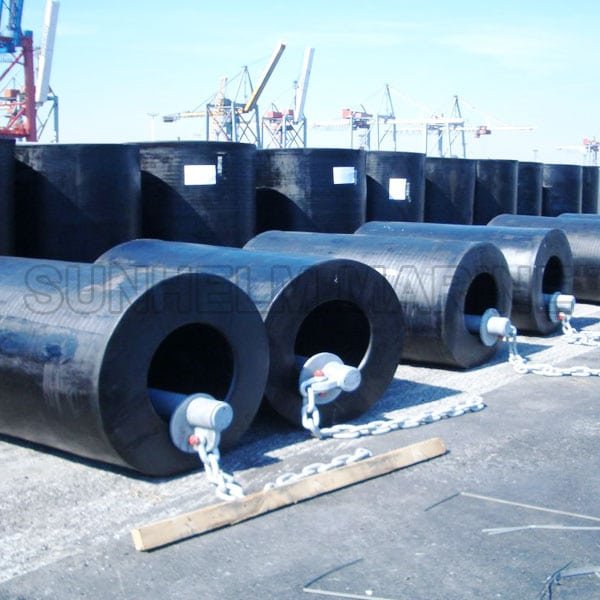


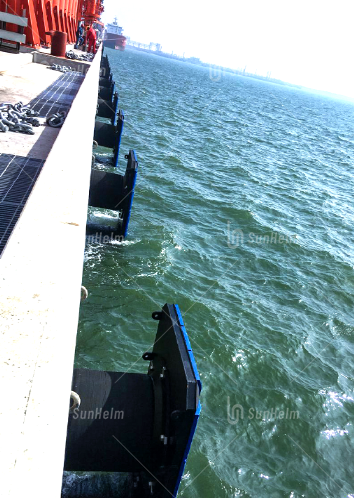
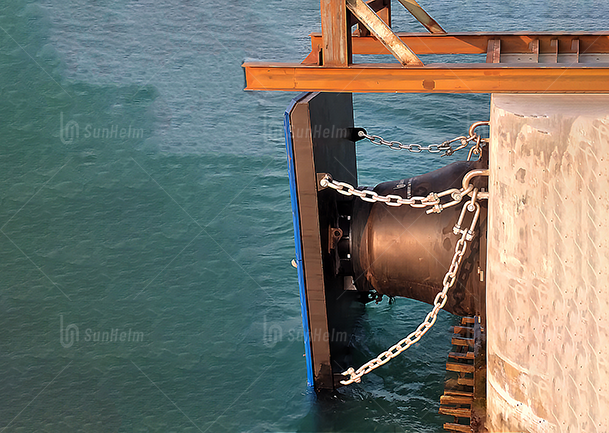

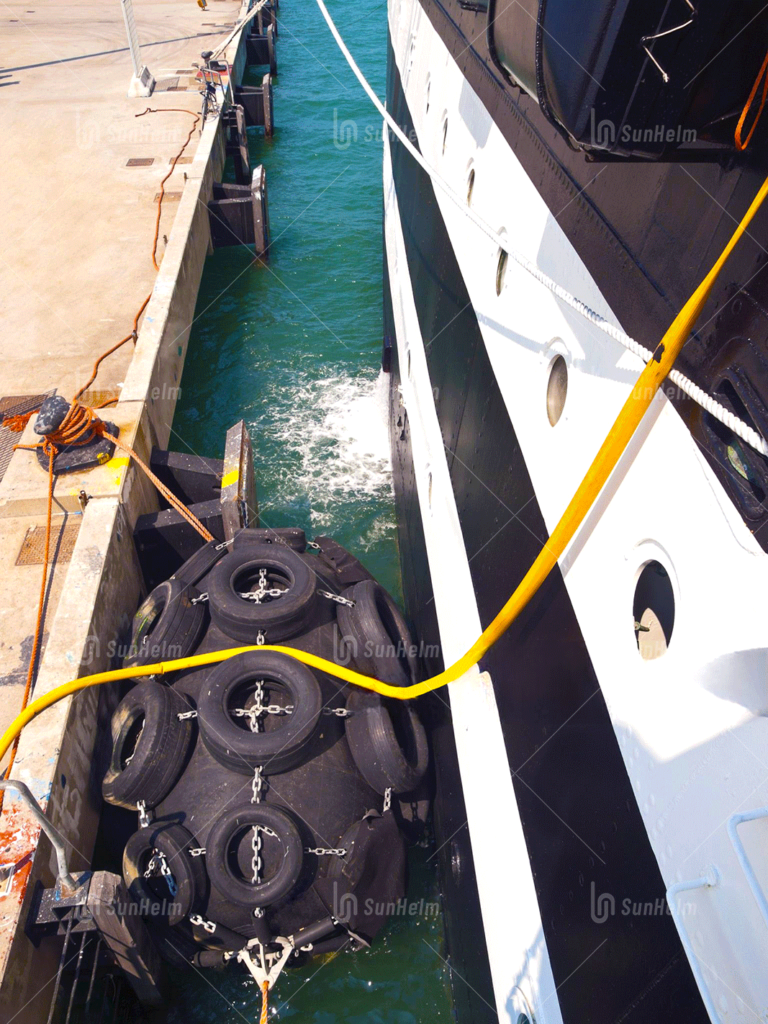
Proper Placement & Maintenance
- Hang fenders at the widest part of the hull to intercept early contact points.
- For floating docks or tidal zones, ensure the fender height matches waterline variations.
- Use 2–4 fenders per side on smaller boats; larger vessels may require more coverage.
- Inspect regularly—cleaning and replacement keep protective properties intact.
FAQ
What’s the difference between a mooring fender and a dock bumper?
Boat fenders hang from the vessel, while dock bumpers affix to piers or fixed structures. Both serve to prevent damage, but are mounted differently.
How many fenders do I need for my boat?
Typically, two to four per side for small boats; larger vessels may need more. Exact number depends on vessel length, docking frequency, and berthing conditions.
What material lasts longest in marine environments?
Rubber and foam‑filled fenders resist abrasion and UV better than cheaper vinyl—they offer durability and sustained energy absorption under tough conditions.
Are inflatable (pneumatic) fenders reliable?
Yes—though they require air pressure maintenance, pneumatic fenders offer high energy absorption, low reaction force, and conform to hull shapes—especially useful in ship‑to‑ship mooring.
Why Sunhelm?
At Sunhelm, we specialize in guiding boat owners, marina operators, and ship planners to choose the ideal mooring fender system—balancing vessel type, berthing energy, tidal variation, and durability. With Sunhelm’s support, you safeguard your vessel and dock, reduce maintenance costs, and stay operational with peace of mind.
Ready to protect your vessel with the right fender solution? Contact Sunhelm today for a bespoke recommendation.


